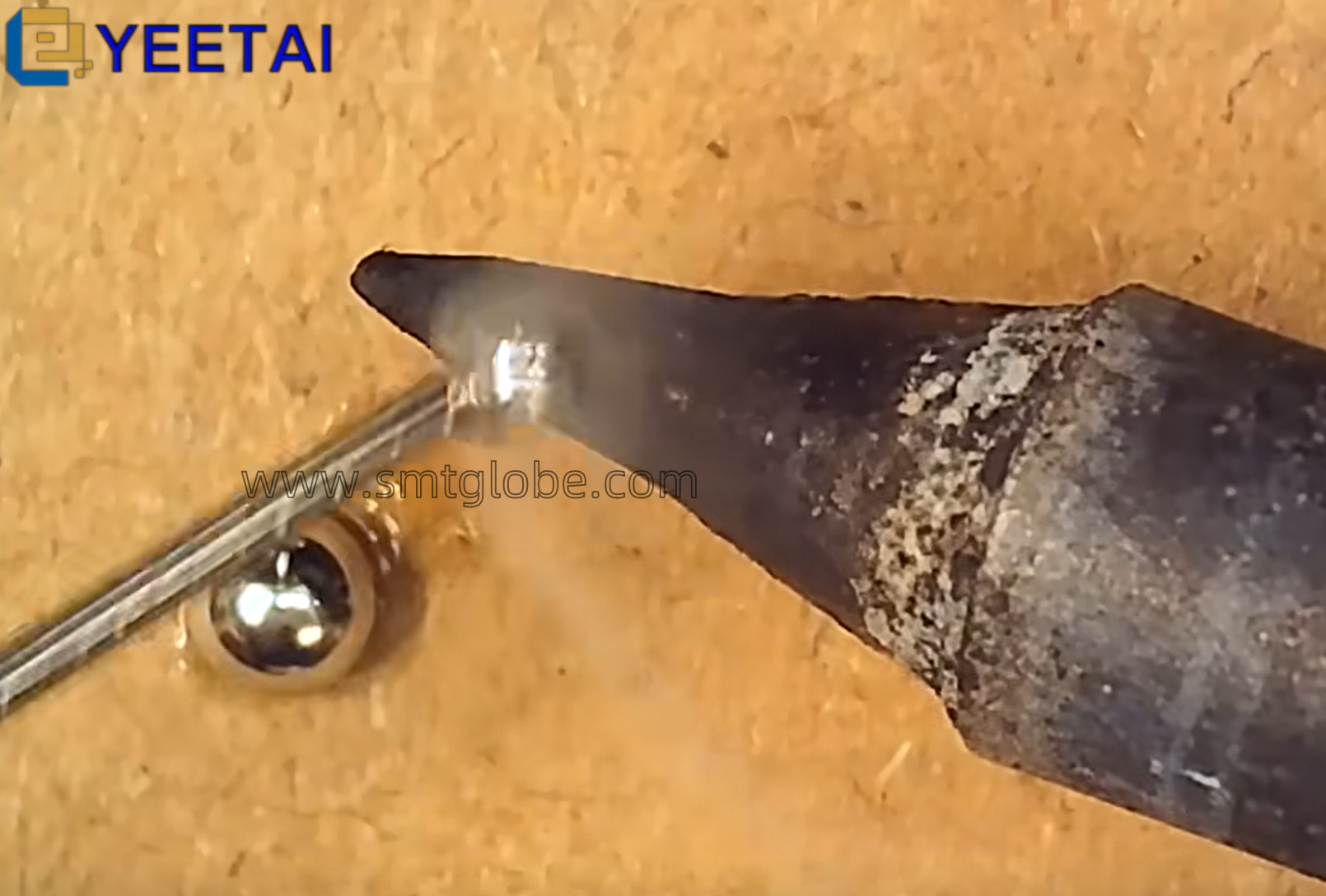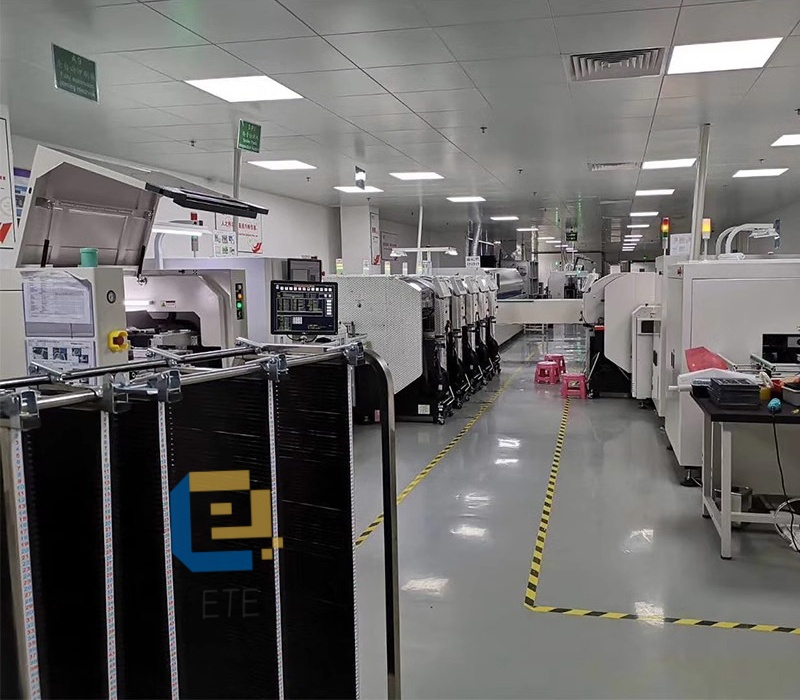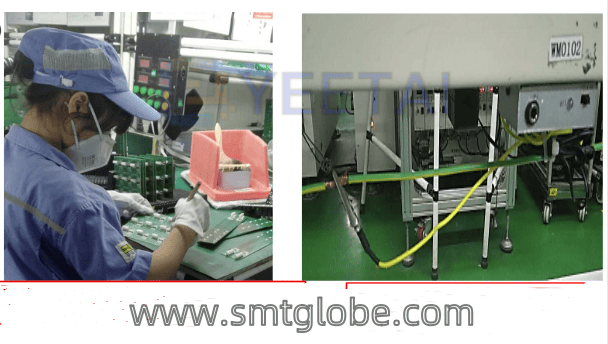In the electronics manufacturing industry, pick-and-place machines are critical components of automated production lines. The stability and precision of these machines directly impact product quality and production efficiency. As one of the core components of the pick-and-place machine, the maintenance and care of SMT feeders are of utmost importance. Recently, I participated in the maintenance of SMT feeders at my company, and I would like to share my insights and experiences.
Understanding the Basics
Before starting maintenance, I took the time to thoroughly understand the working principles, structural characteristics, and common failure types of SMT feeders. Feeders are responsible for accurately delivering electronic components to the placement head, and their precision and stability are crucial for effective placement. Therefore, I approached the maintenance process with a meticulous attitude, carefully inspecting every detail.
Importance of Cleaning
During maintenance, I discovered that cleaning the feeder is particularly important. Over prolonged operation, feeders accumulate dust and debris, which can affect their precision and lead to operational issues. To address this, I performed regular comprehensive cleanings using specialized cleaning agents and tools to ensure that the feeder surfaces remained clean and dust-free.
Lubrication Checks
I also inspected and adjusted the feeder’s lubrication system. Proper lubrication not only reduces friction during operation but also extends the feeder’s lifespan. Based on the feeder’s usage and the manufacturer’s recommendations, I regularly changed the lubrication oil to ensure that the feeder maintained optimal working conditions.
Troubleshooting Skills
During the maintenance process, I encountered some unexpected failures. For example, the feeder suddenly stopped working while in operation. After careful inspection, I discovered that the feeder’s sensor had malfunctioned. I promptly replaced the faulty sensor and recalibrated the feeder to ensure it returned to normal operation. This experience highlighted the importance of having not only extensive knowledge but also sharp troubleshooting skills in feeder maintenance.
Continuous Learning and Improvement
Through this maintenance experience, I realized the critical importance of maintaining SMT feeders. Proper maintenance ensures the stable operation and efficient production of pick-and-place machines. Additionally, I recognized that I still have significant room for improvement in my maintenance skills. Moving forward, I will continue to enhance my learning and practice to elevate my maintenance capabilities.
Conclusion
In summary, maintaining SMT feeders is a challenging yet rewarding task. Through continuous learning and practical experience, I believe I can become an excellent maintenance engineer and contribute significantly to my company’s production and development.
At YEETAI, we produce all kinds of feeder to upgrade SMT machines.



